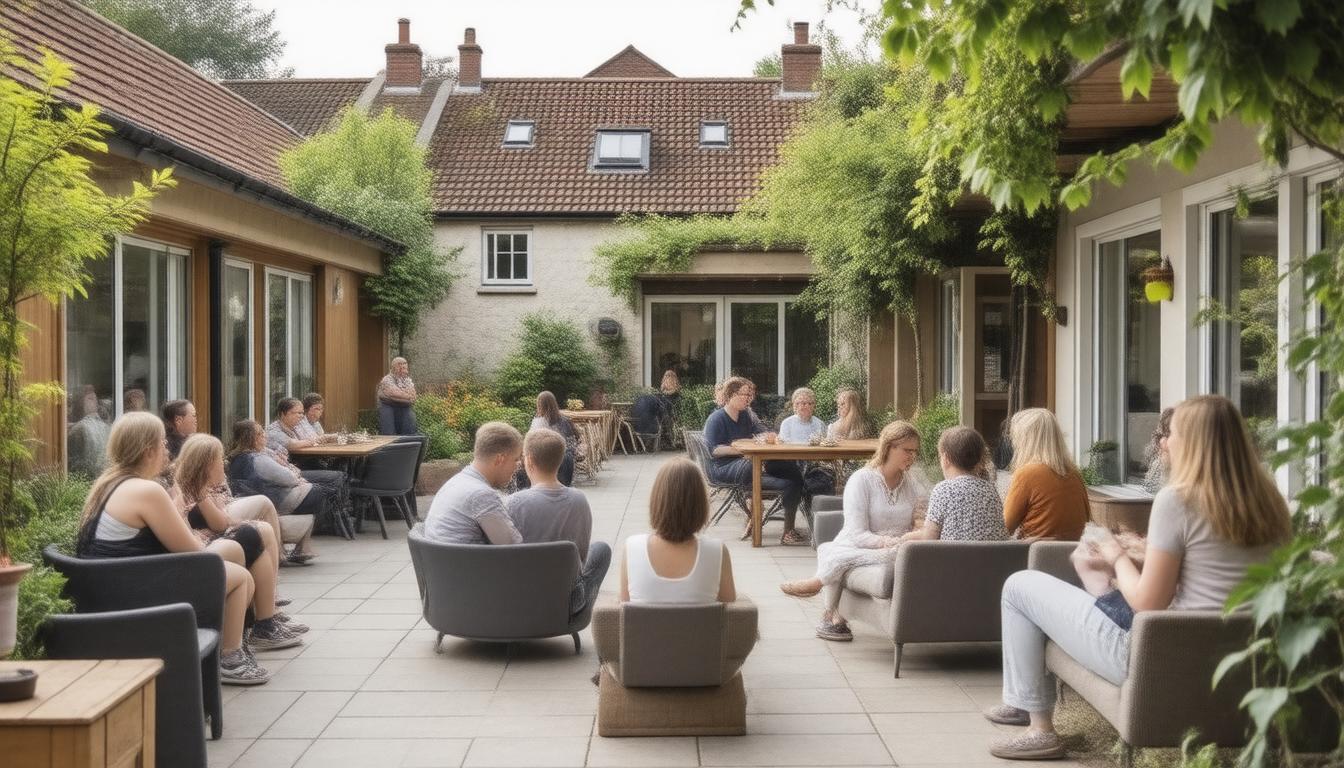The landscape of housing in Kent is evolving, particularly with the rising prevalence of Houses in Multiple Occupation (HMOs). Currently, Kent boasts nearly 1,900 HMOs contributing to a significant part of the 475,000 HMOs present across England. As communal living becomes an increasingly common choice for many, understanding the implications—both positive and negative—of this housing model is crucial for local communities. In this article, we delve deeper into the perceptions surrounding HMOs, hear from tenants and landlords, and address the concerns raised by residents and local politicians.
Key Takeaways
- Kent has seen a significant increase in HMOs, now totaling nearly 1,900 properties.
- Community perceptions of HMOs are mixed, balancing benefits of shared living against concerns like anti-social behavior.
- Engagement with tenants and local officials reveals a complex dynamic around communal living experiences in Kent.
Understanding HMOs: Definition and Impact
In recent years, Kent has witnessed a substantial rise in the number of Houses in Multiple Occupation (HMOs), now numbering approximately 1,900 across the county. This surge is part of a broader trend seen nationally, where HMOs constitute around 475,000 properties in England (Department for Communities and Local Government, 2023). Defined as residential properties accommodating individuals from different households who share amenities, HMOs can house a large number of tenants; some properties in Kent support between 40 to 52 residents. The growing prevalence of HMOs paints a complex picture of modern tenancy, inviting diverse perspectives from tenants, landlords, and local authorities. For example, John Moran, a tenant residing in a Canterbury HMO, acknowledges that while conflicts may arise among residents, the overall atmosphere is generally supportive and collaborative. However, the increasing concentration of HMOs has sparked local concerns regarding issues such as anti-social behavior and inadequate parking, which often leads to community pushback against new HMO proposals. The support for HMOs as viable housing solutions contrasts with their perception as ‘modern-day slums,’ illustrating the ambivalence felt by both residents and local policymakers toward this housing model (Kent County Council, 2024).
In light of these findings, the future management and development of HMOs in Kent will likely require a nuanced approach that addresses local concerns while recognizing the housing needs of a diverse population. Improved engagement between landlords, tenants, and community members might pave the way for a more integrated approach to managing shared living spaces.
Community Perspectives: Benefits and Concerns of Communal Living
Additionally, local governments are exploring strategies to regulate HMOs to balance the demands of housing with the wellbeing of communities. In recent months, Kent County Council has rolled out new licensing requirements for HMOs aimed at enhancing living conditions and mitigating issues such as noise and overcrowding. This initiative has elicited varied responses, showcasing a need for comprehensive communication between officials, landlords, and residents (Kent Online, 2024). Furthermore, community forums are being established to give residents a platform to voice their concerns and suggestions regarding the presence and management of HMOs in their neighborhoods, promoting a more collaborative environment (Canterbury City Council, 2024). By fostering these discussions, the council hopes to create sustainable solutions that will enable the growth of communal living arrangements while preserving the quality of life for existing residents.




